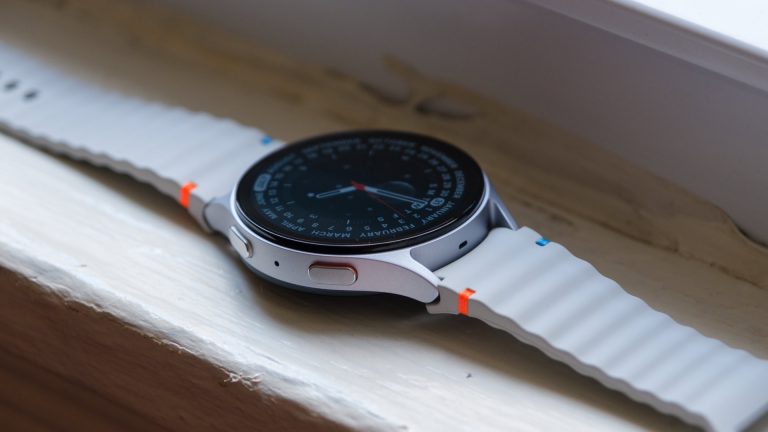Technological Hurdles Squeeze Delay of Revolutionary Bezel-Less iPhone

Apple’s Bezled-less iPhone: Is it Delayed?
TL;DR
- Apple’s rumored bezel-less iPhone was expected to be released in 2025 or 2026, but the display technology is facing technological hurdles.
- Apple has yet to conclude technical discussions with display panel manufacturers, indicating that the timeline for the zero-bezel iPhone will be delayed.
The iPhone 16 Pro series represents the best that Apple has to offer for a smartphone. But, if you look at other top Android smartphone competitors, you’ll see that Apple has plenty of room to grow when it comes to cutting-edge hardware. While the company prefers to stick to tried-and-tested technology, it’s no secret that Apple has ambitions to equip a future iPhone with a bezel-less display. Unfortunately, if you’re delaying your purchase for that, you’ll have to wait some more time.
Apple has long been rumored to be working on a "zero-bezel" OLED iPhone, with early leaks suggesting a release date sometime in 2025-2026. However, according to a report from The Elec, the technology to completely eliminate the bezels is "not yet developed enough." The report cites industry insiders commenting that if Apple wanted to release a bezel-less iPhone in 2026, it would have already concluded technical discussions with domestic panel manufacturers like Samsung Display and LG Display, which are known to be developing bezel-less OLEDs for iPhones. However, the company is still in discussions, putting a question mark on 2026 as the plausible release timeline.
The issue lies in implementing a bezel-less but flat display while maintaining the angular design of existing iPhones, similar to what we see on existing Apple Watches where the display flows down the side of the watch. Samsung Display and LG Display need to develop a thin film encapsulation technology to protect the OLED from moisture and oxygen, but the tech faces side view distortion issues.
To make matters more complex, the companies would also need to develop an optical clear adhesive for use when bonding with a transparent double-sided adhesive film and ensure that the display doesn’t easily break due to external impact despite extending over the side of the product. They would also need to fold down the existing iPhone OLED bezel circuits to go below the display, which then requires securing space for the antenna and resolving interference issues.
For now, we can expect iPhones to only march towards a thinner bezel, not eliminate it. Hopefully, we’ll learn more about this progression by the time the iPhone 17 launches.





